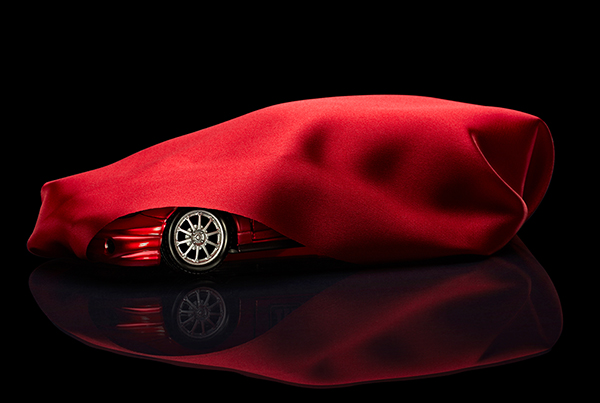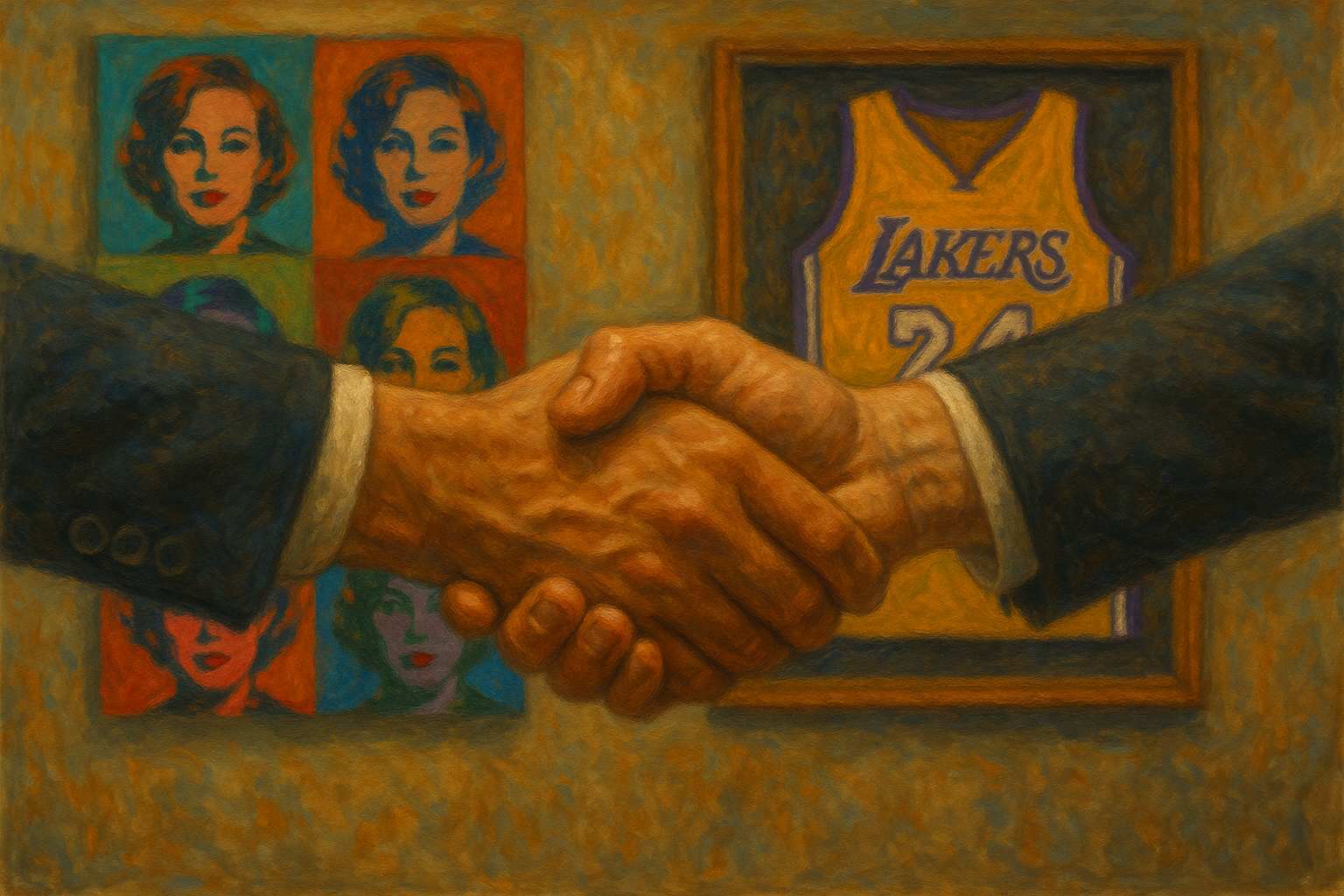A car owner’s celebrity status can make or break the value of a collector vehicle — collectors should keep an eye on cultural trends but block out hype.
George Foreman in December closed out a highly successful auction of more than 50 automobiles collected over the former heavyweight champion’s career, both as a boxer and a home appliance entrepreneur. The auction was extremely lucrative for the ex-champ, vividly illustrating how important provenance — the history of who has owned something — can be in car collecting.
Because collecting autos is often one of the hobbies of the rich and famous — they have both the resources to buy and the space necessary to care for their goods — provenance is often a factor in the value of a collector car.
Whether it’s Frank Sinatra’s Maserati, Clark Gable’s Jaguar or the fictional Tony Soprano’s real Cadillac SUV, you can bet when there’s a famous past owner, prospective sellers will be highlighting it. Though large-scale auctions like Foreman’s are more rare, car shows across the country frequently feature auctions of celebrities’ vehicles, fetching hundreds of thousands of dollars.
Provenance can drive additional value
Understanding which items are worth the value, and which are the victims of hype, can be difficult to discern. Though perhaps not as vital to its inherent value as in art — where understanding the exact chain of ownership can be key to determining authenticity — with cars, provenance can drive additional value.
Who owned the car is important, but where and how it was used and documented can be even more vital. A car owned by George Foreman could be more valuable than a car owned by any other collector, but a car that George Foreman owned and was photographed in — on his way to the heavyweight fight, no less — would hypothetically fetch even more.
But cultural relevance can play a major role in bringing up the price of collectibles. After the release of The Last Dance in 2020, Michael Jordan memorabilia saw a major spike in value. Items related to the 1998 Bulls season were suddenly going for millions of dollars.
This is where collectibles as an investment tool become a bit more tricky. Unforeseen factors can drive prices to new heights, but it’s not always sustainable. Scandal can knock a sports hero off their pedestal, while general lack of interest can make a once-coveted item less valuable. And societal changes can wreak havoc on perceptions of worth.
For instance, Bo’s General Lee, the 1969 Dodge Charger made famous by the TV show The Dukes of Hazzard, has seen dramatic fluctuations in price. The show enjoyed a five-year run in the early 1980s and saw a resurgence of popularity in the early aughts when a movie remake was released. A 2007 auction had a $10 million bid (though the buyer fell through), but subsequent auctions failed to break $100,000. And at a 2020 auction, four model cars from the show fetched just $60,000 combined — possibly because of the Confederate symbolism the cars were associated with.
Cultural trends can have an impact
It’s an important reminder for collectors that their guiding principle should be to block out the hype. For sellers, it emphasizes the need to have your ear to cultural trends. The Foreman auction, for example, was likely helped by the recent biopic of the champion’s life, which would have primed even more potential buyers with his story and legacy.
There is something to be said for the indelibility of most sports figures, whose records are more firmly etched in public consciousness. Regardless of how the times change, Babe Ruth’s athletic prowess still stands; George Foreman will remain the man who beat Joe Frazier. Unlike the car collections of Jerry Seinfeld or Jay Leno, the legacy of sports heroes tends to hold up even across generations.
Vehicles obviously differ from many other collectibles in that they can be used daily by their buyers if so desired. Resale value, more than anything else with cars, varies depending on usage and maintenance. A poorly stored and ill-maintained collectible vehicle will see its value hammered regardless of who its previous owner was.
There’s an essential piece of advice I give to anyone considering investing in any collectible, regardless of what it is: Collecting is done best when it follows your individual passions. Genuine interest will put you in a far better position than hype or speculation ever will.
If you value something because of its hype or fear of missing out (the recent Stanley tumbler craze comes to mind), the odds that it falls to nothing is significantly higher (see also: Beanie Babies and, perhaps more recently, NFTs.)
Collectors with a steady approach need only stay the course. The vehicle market isn’t going anywhere.
— Thomas Ruggie, ChFC®, CFP® is the founder and CEO of Destiny Wealth Partners. Follow him on Twitter and LinkedIn.




